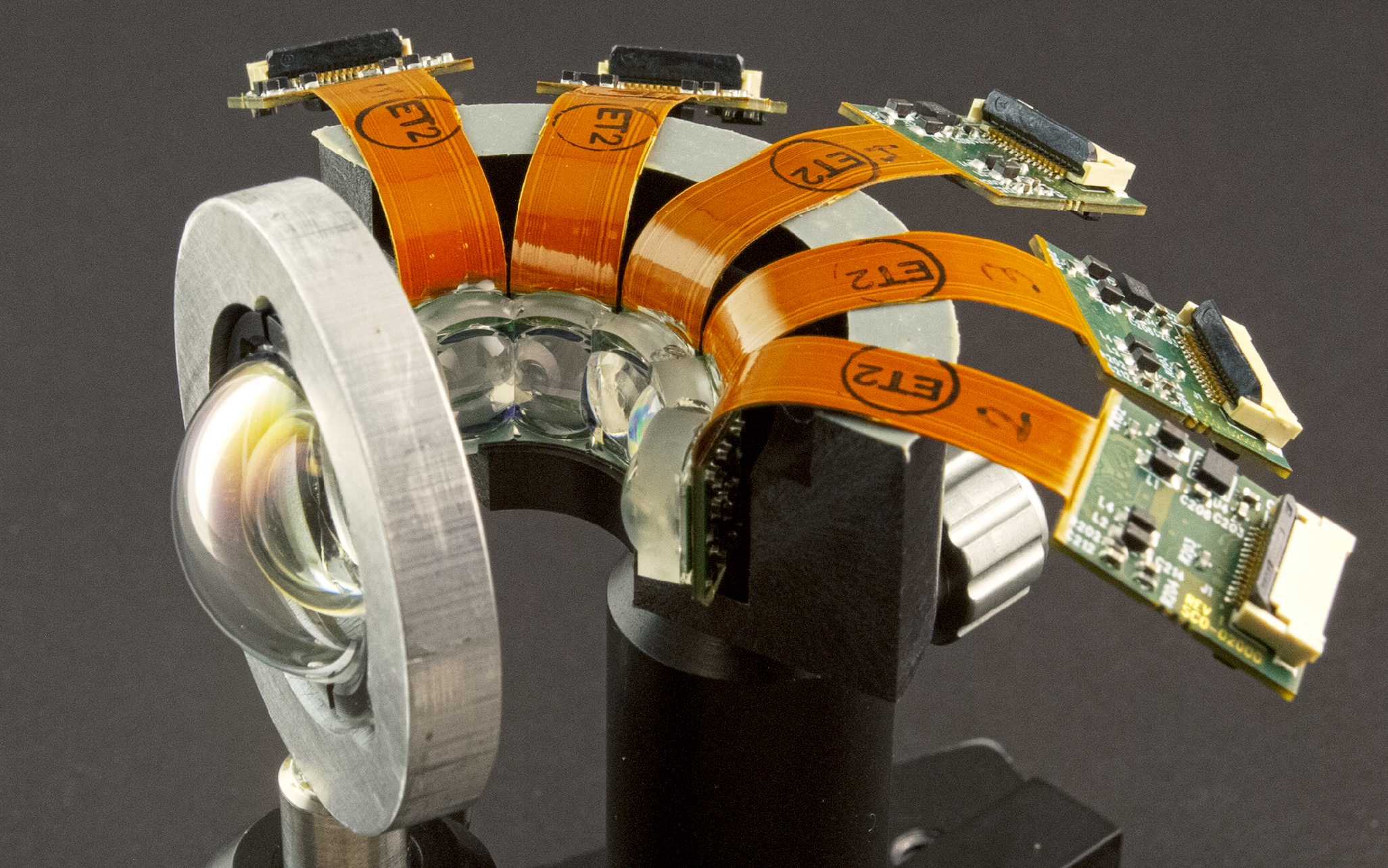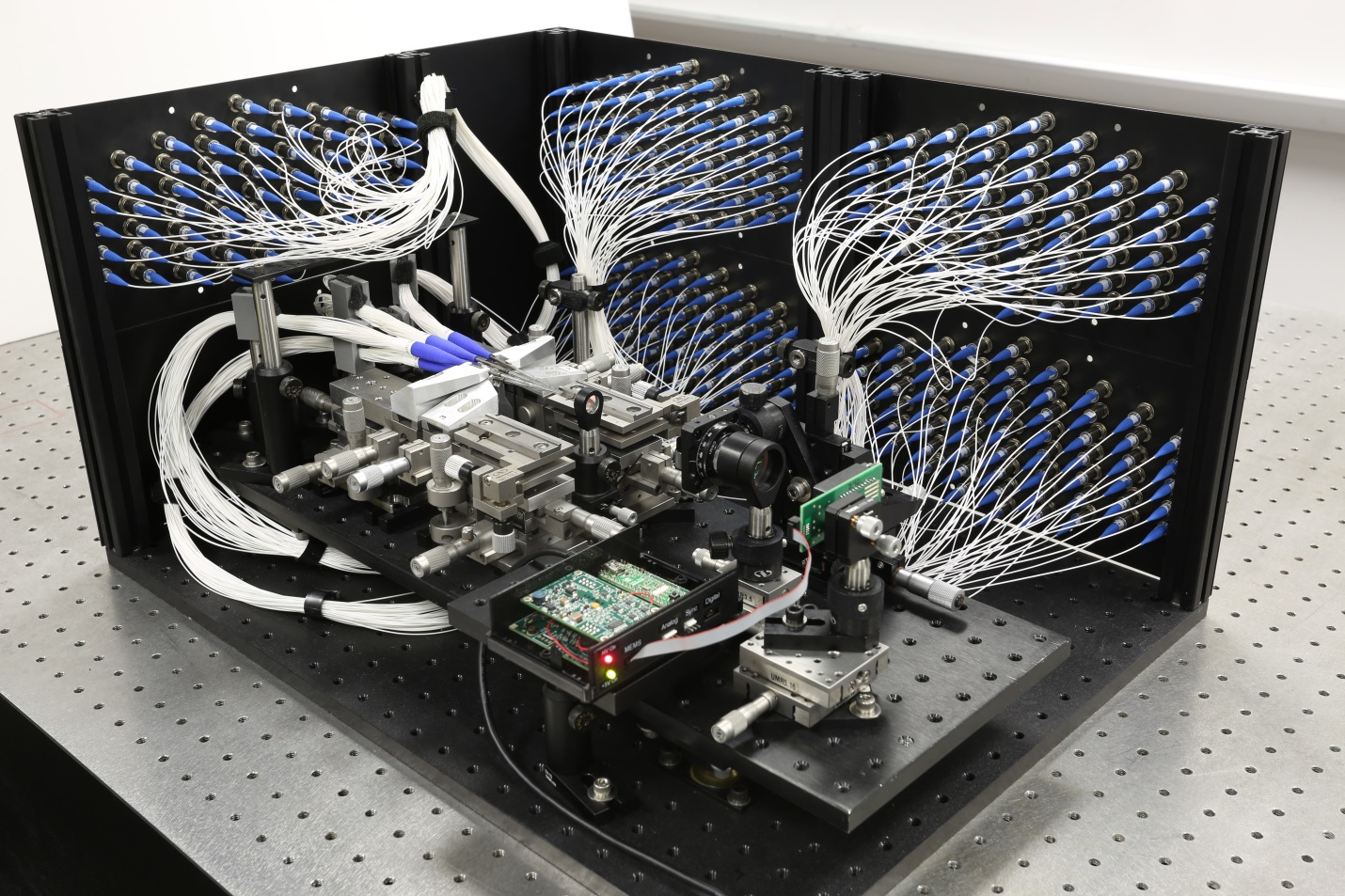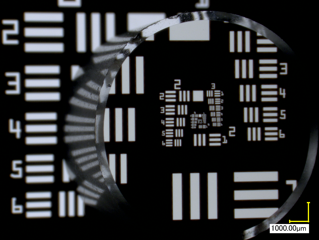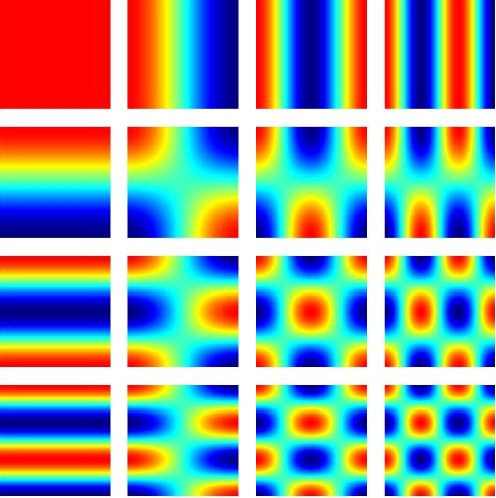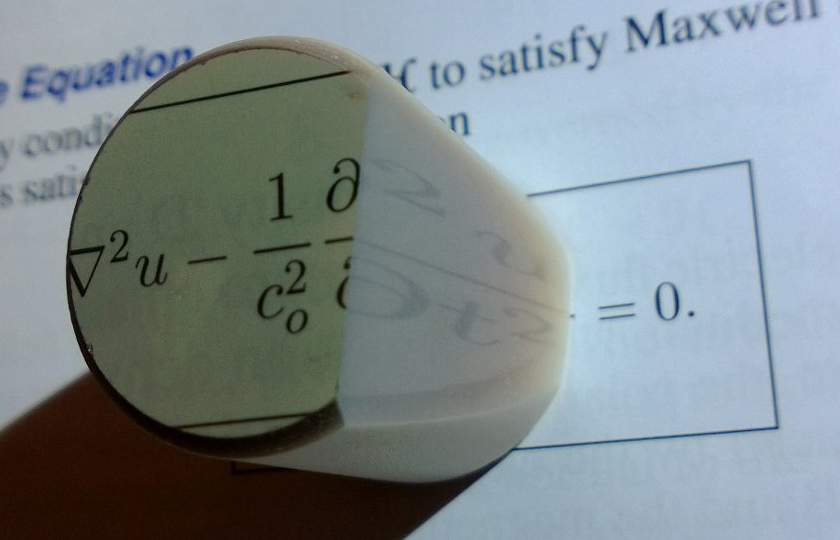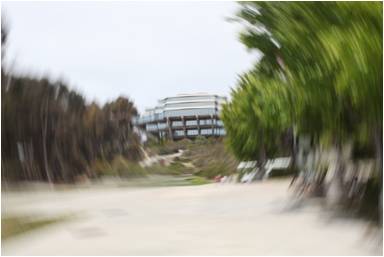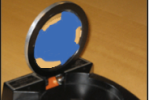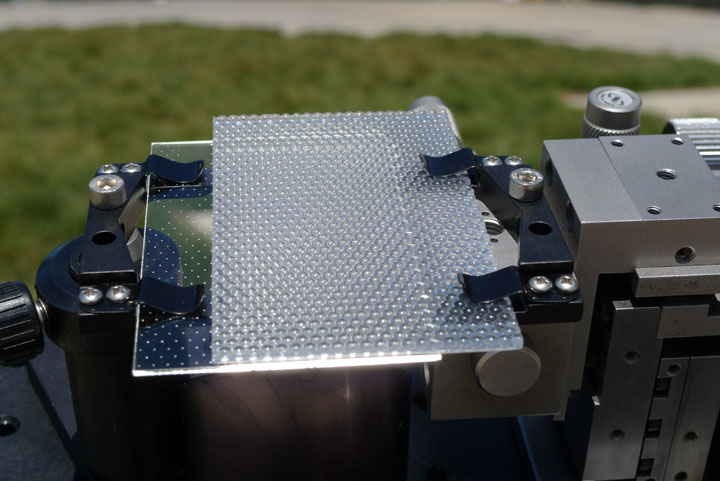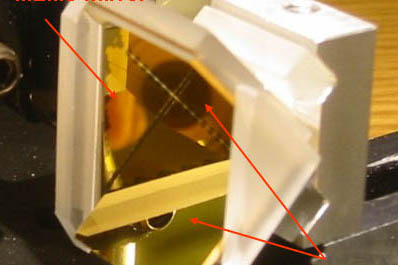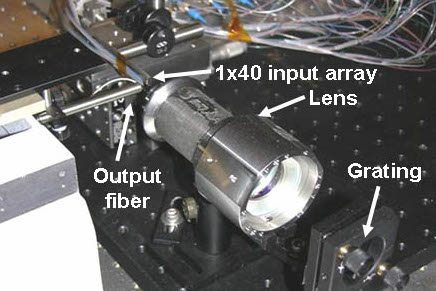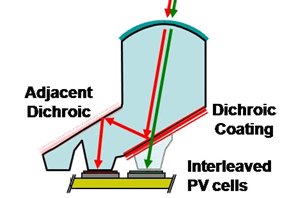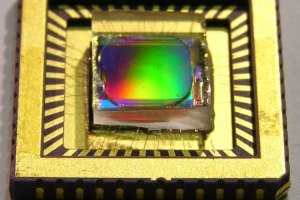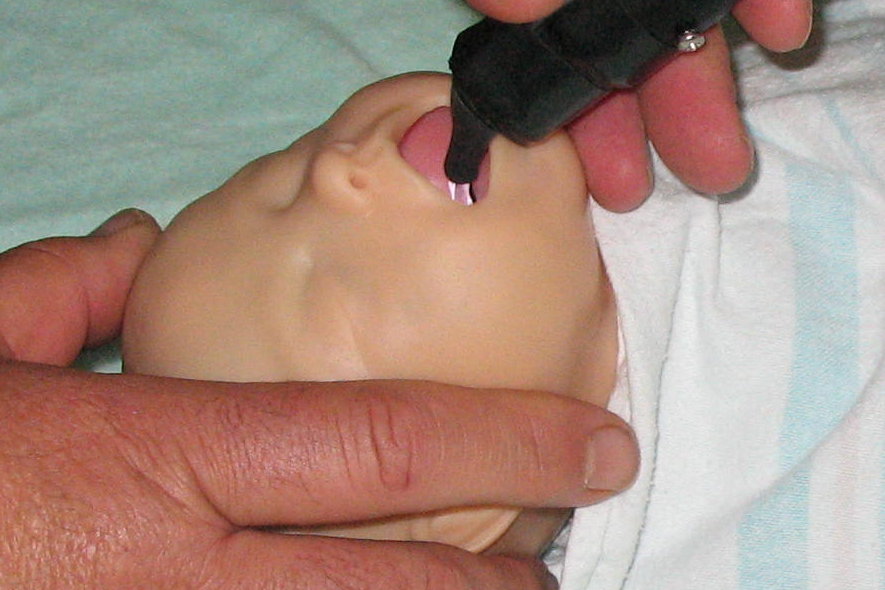Photonic Systems Integration
Laboratory
Featured Research: Panoramic Light Field Camera
We describe a panoramic camera using one monocentric lens and an array of light field sensors to capture overlapping contiguous regions of the spherical image surface. Refractive sub-field consolidators divide the light before the image surface and concentrate the sub-images onto the optically active areas of adjacent CMOS sensors. We show the design of a 160° × 24° field-of-view LF camera, and experimental test of a three sensor F/2.5 96° × 24° and five sensor (25 MPixel) F/4 140° × 24° camera. We demonstrate computational field curvature correction, refocusing, resolution enhancement, and depth mapping of a laboratory scene.
Featured Research: PMAST Camera
A part of the DARPA SCENICC program, the panoramic mast (PMAST) camera packs five 25MP cameras for high resolution panoramic imaging. Each of the five apertues utilizes high resolution, wide field-of-view monocentric lenses to minimize size, weight, and power (SWaP). The system captures 360° horizontal, 280° vertical 125MP images at video framerates.
Featured Research: Optical Switching for Data Center Networks
Optical circuit switching may be instrumental in meeting the cost, energy, and aggregate bandwidth requirements of future data center networks. To be of practical interest, however, optical switches must deliver the switching speed, port count, and optical transmission required for data centers. Our work takes a comprehensive approach to designing novel optical switches and network architectures from the ground up to meet the needs of data centers.
Featured Research: Imaging Fiber Bundles
High-contrast imaging fiber bundles are characterized and modeled for wide-angle and high-resolution imaging applications. The modeling demonstrates that the irregular fibers significantly outperform a perfectly regular “ideal” array. Using this method, FBs are designed that can provide high contrast with core pitches of only a few wavelengths of the guided light. Structural modifications of the commercially available fiber bundle can reduce the core pitch for higher resolution image relay.
Featured Research: Controllable Illumination
We demonstrate a versatile illumination system capable of controlling the directionality and divergence of emitted light. The system is based on a micro-patterned planar waveguide at the focal plane of a two dimensional lenslet array. This type of illumination system can be used in environments where the required type of illumination varies, where adapting to the user’s immediate need for either directional or diffuse illumination allows light energy to be used more efficiently.
Featured Research: Compressive Imager Characterization
We evaluate the performance of a compressive imager using multiple basis sets on monochromatic, color and infrared natural light scenes, and compare the results to a camera with the same number of (conventional pixel) measurements.
Featured Research: Fiber coupled Monocentric Imaging
Monocentric lenses have proven exceptionally capable of high numerical aperture wide-field imaging - provided the overall system can accommodate a spherically curved image surface. This is a summary of recent work on the design optimization and experimental demonstrations of monocentric wide-field imaging, including systems based on waveguide coupling of the image to conventional focal plane sensor(s).
Featured Research: Telescopic Contact Lens
We demonstrate the optics for a telescopic contact lens with independent optical paths for electrically operated polarization switching between normal and magnified vision. The magnified optical path incorporates a telescopic arrangement of positive and negative annular concentric reflectors to achieve 2.8x magnification on the eye, while light passing through a central clear aperture provides unmagnified vision. Experimental demonstration of the contact lens mounted on a life-sized optomechanical model eye is performed using a pair of modified commercial 3D television glasses.Featured Research: Monocentric Multiscale Imager
Monocentric multi-scale (MMS) lenses are a new approach to high-resolution wide-angle imaging, where a monocentric objective lens is shared by an array of identical rotationally symmetric secondary imagers that each acquire one overlapping segment of a mosaic.Featured Research: Platform motion blur image restoration system
Image blur accrued due to camera or scene motion can me mitigated through an image processing technique, namely deconvolution. This process requires a Point Spread Function (PSF) which we obtain through the use a novel algorithm. Our system shows great promise due to low processing requirements and high speed. These camera systems are used to improve performance when imaging with relative motion that may be accentuated by low light (long exposure) conditions.
Featured Research: Range Finding
Numerous applications have been the justification for developing many different techniques for ranging (finding the distance from a detector to an object or target). This research is focused on providing ranging for novel mobile robots concurrently designed at UCSD.
Featured Research: Compressive Imaging
Compressive imaging systems utilize joint optimization of the system's optics and post-processing degrees of freedom for added versatility, performance, and new cabilities.
This section describes our research on
Featured Research: Micro-optic Solar Concentration
High concentration photovoltaic systems (CPV) replace expensive semiconductor materials with inexpensive lenses or mirrors. The planar micro-optic solar concentrator uses a lens array to collect sunlight and couples the energy into a multimode slab waveguide. This unique geometry can be fabricated using self-aligned lithography to produce a uniform, high flux output at the PV cell. Compatibility with roll-to-roll mass fabrication offers a low-cost opportunity for CPV.
Featured Research: Concentric Multi-Reflection Lenses (aka Origami optics)
With up to eight reflections, large ray angles, and a lens shaped more like a lens cap than a tube, so-called Origami Optics allow us to squeeze long focal lengths into a thin package and still collect enough light for fast sharp exposures. Applications may range from compact imagers for micro-UAV surveillance craft to a miniature telephoto lens for future cell phones.
Featured Research: Retro-modulation
The retroreflector encodes a signal onto the return beam by adding a modulator to the retroreflector. A commonly used retroreflector is the corner cube retroreflector which simply consists of 3 mirrors at right angles to each other. In our work, we add in its modulation capability by replacing one of the mirrors with a MEMS deformable mirror. This lets us subsequently deform and flatten one of the mirrors, thereby modulating the retroreflected wavefront. Our prototype achieved 10 kHz switching times with 2.4:1 extinctions over a 35° range of incident angles.
Featured Research: Free-Space Optical Demultiplexing and Beam Scanning
In our 2D demultiplexer, we make use of the multiple diffraction orders of a 40 channel arrayed waveguide grating (AWG) demultiplexer by expanding the working wavelength range. By working with a broader band of wavelengths, multiple wavelength channels are given at each output of the demultiplexer. Over a 600 nm bandwidth range, we separated 1092 individual wavelength channels.
Featured Research: Multiband Solar Concentration
Exotic semiconductor materials as well as multijunction solar cells can achieve much higher sunlight conversion efficiencies than traditional silicon solar panels. However these materials are difficult and expensive to manufacture resulting in small surface area cells. Solar concentration utilizes optics to capture light from a large area and condense it onto a small, high-efficiency solar cell. We are developing novel techniques for capturing very large illumination areas without the need for accurate tracking of the solar arc.
Featured Research: Wavefront Sensing
Wavefront sensors are optoelectronic devices used to detect the surfaces of equal phase in a propagating field. A lateral shearing interferometer (LSI) is self-referenced and can be executed using a simple diffraction grating. For integration, the grating is mounted onto a CMOS sensor resulting in a compact and robust wavefront sensor. The device can accommodate a variety of input phase functions by using an adaptive spatial light modulator instead of a fixed grating.
